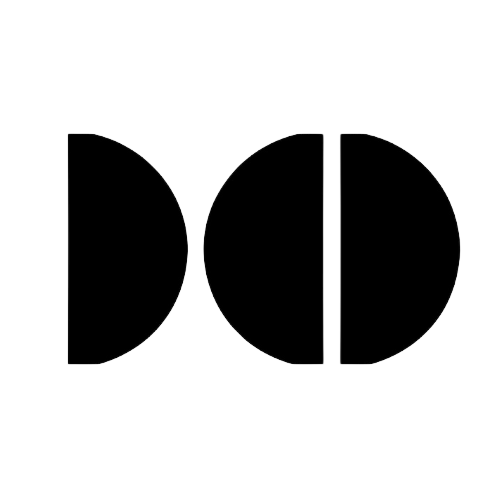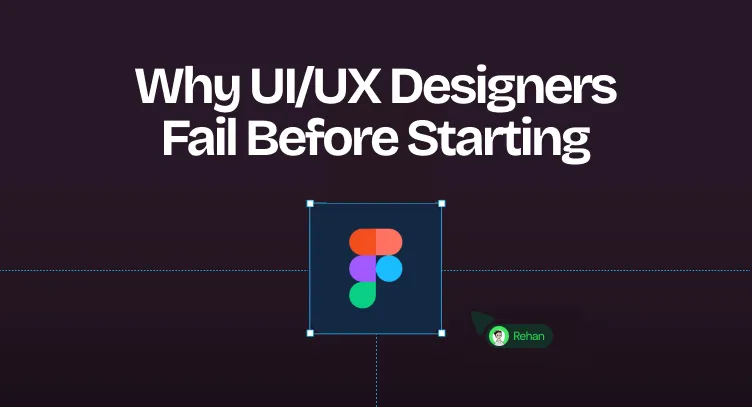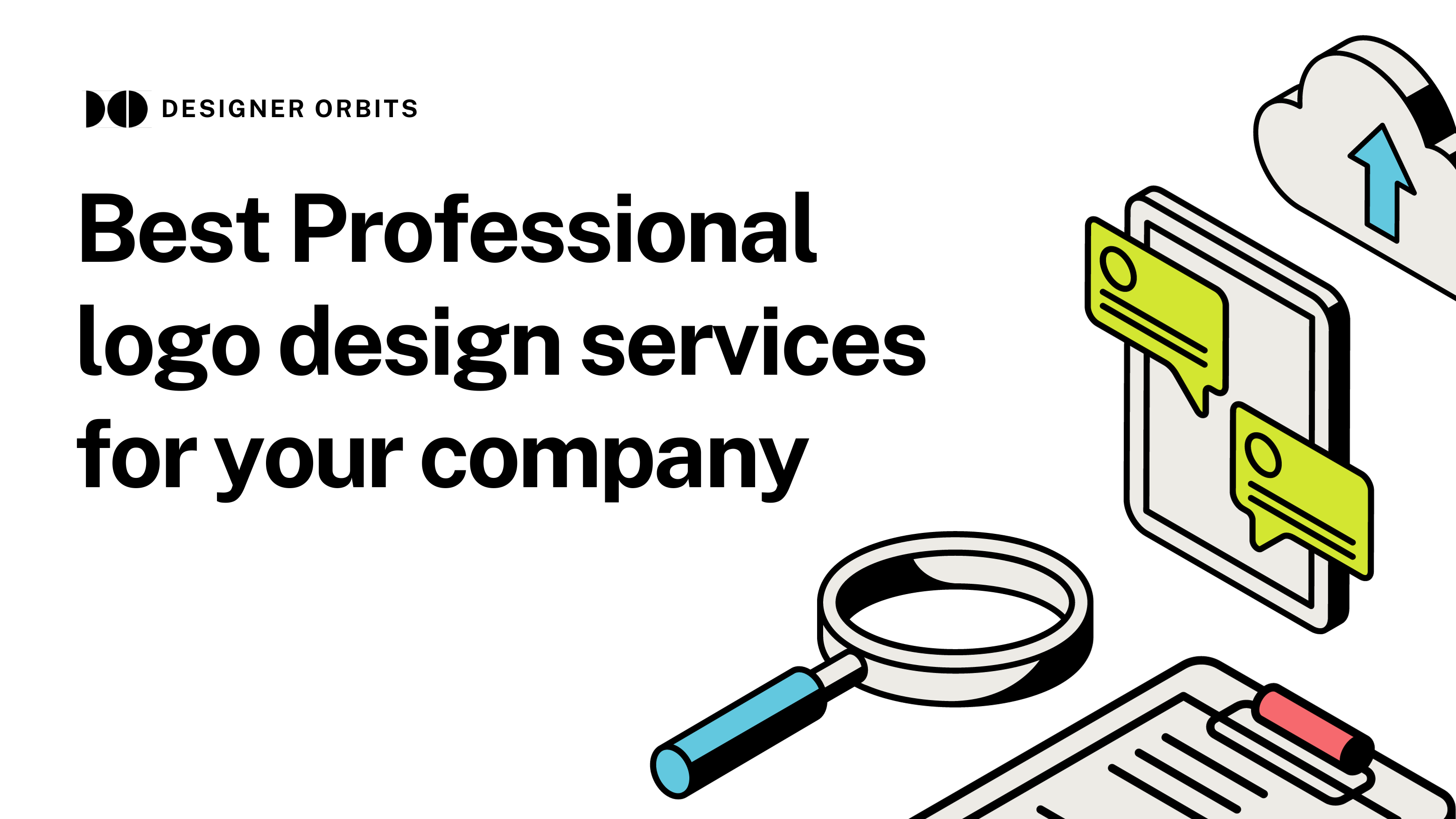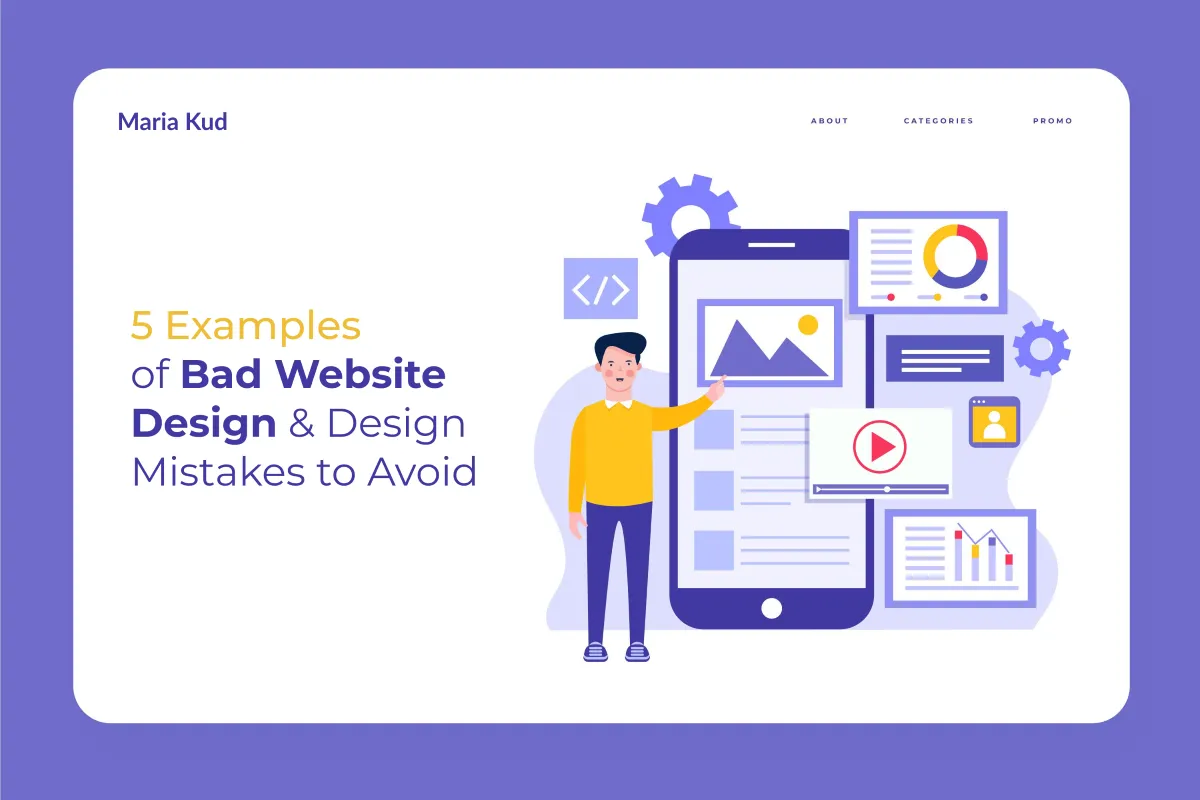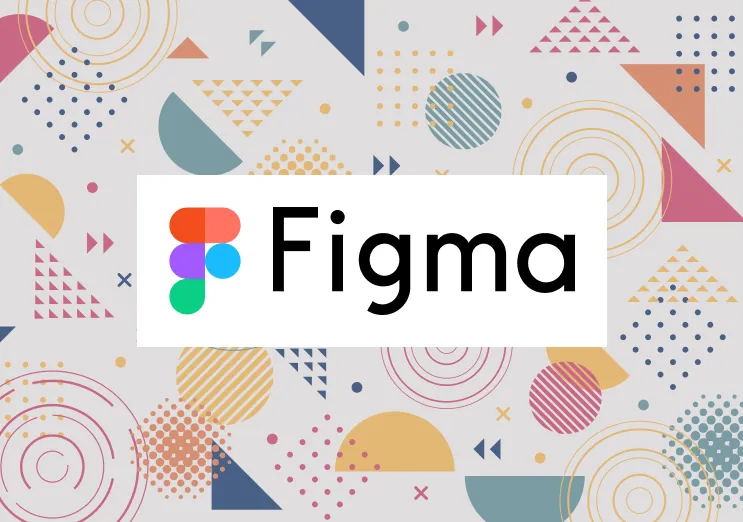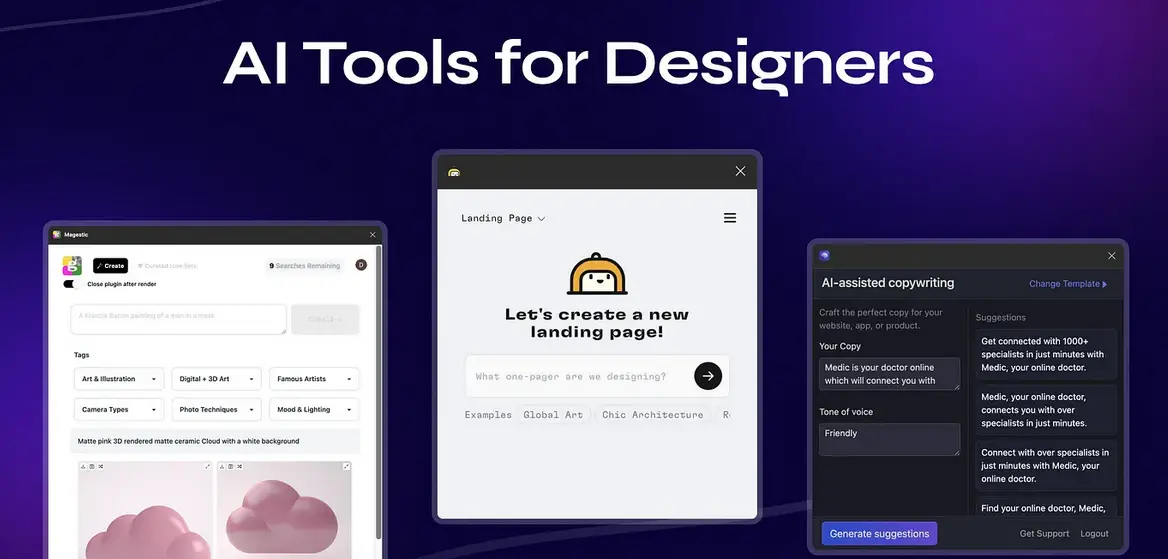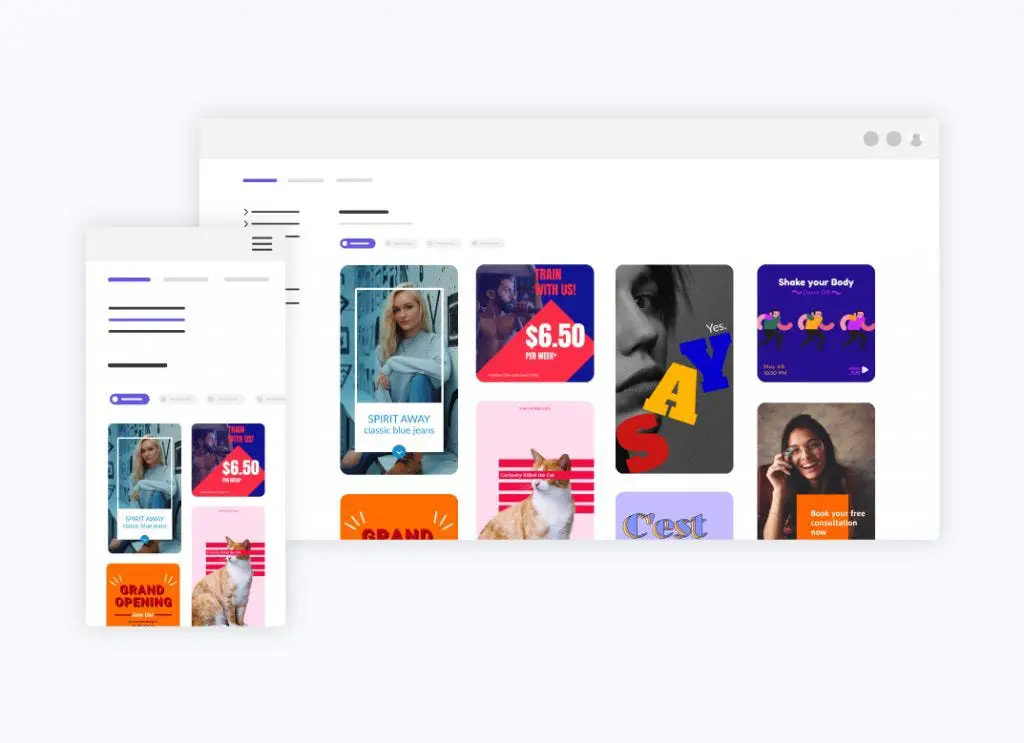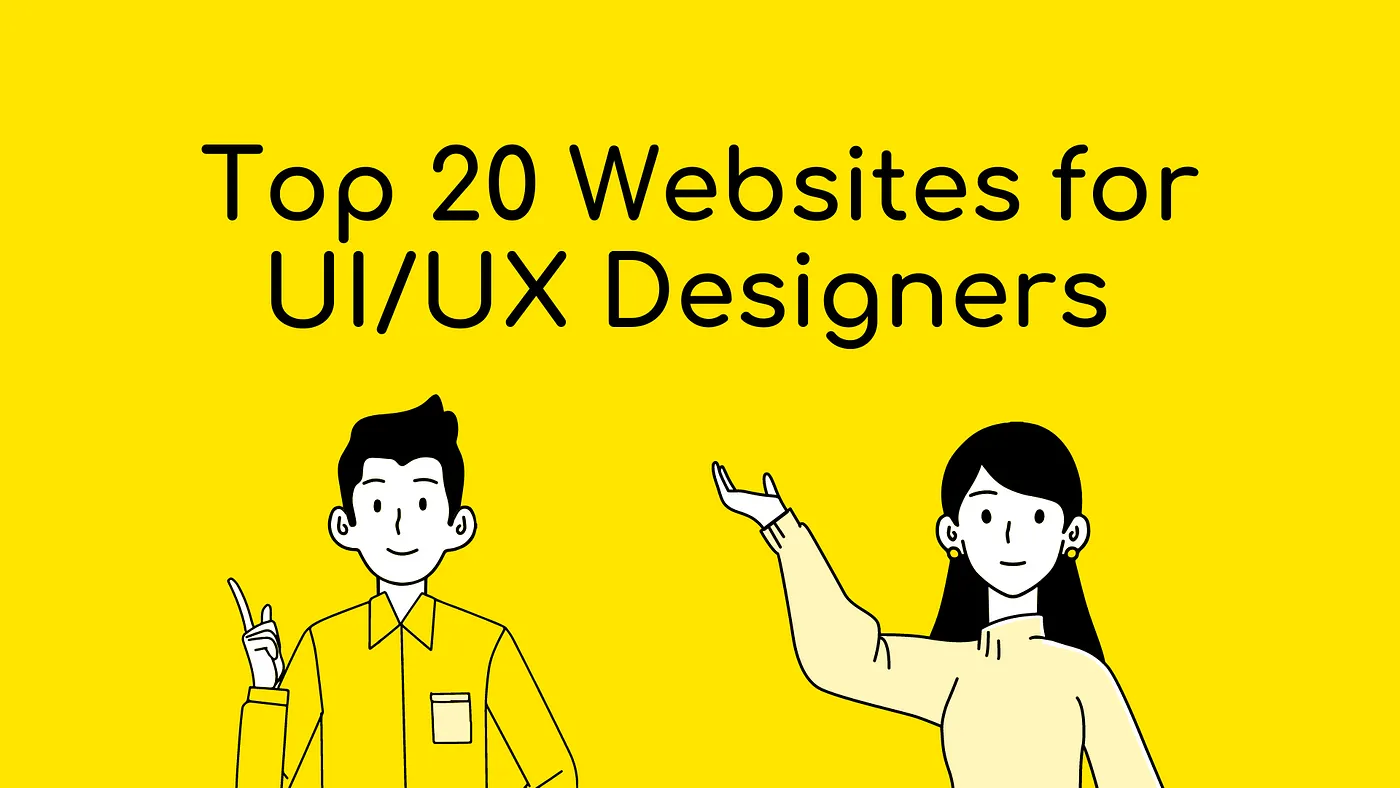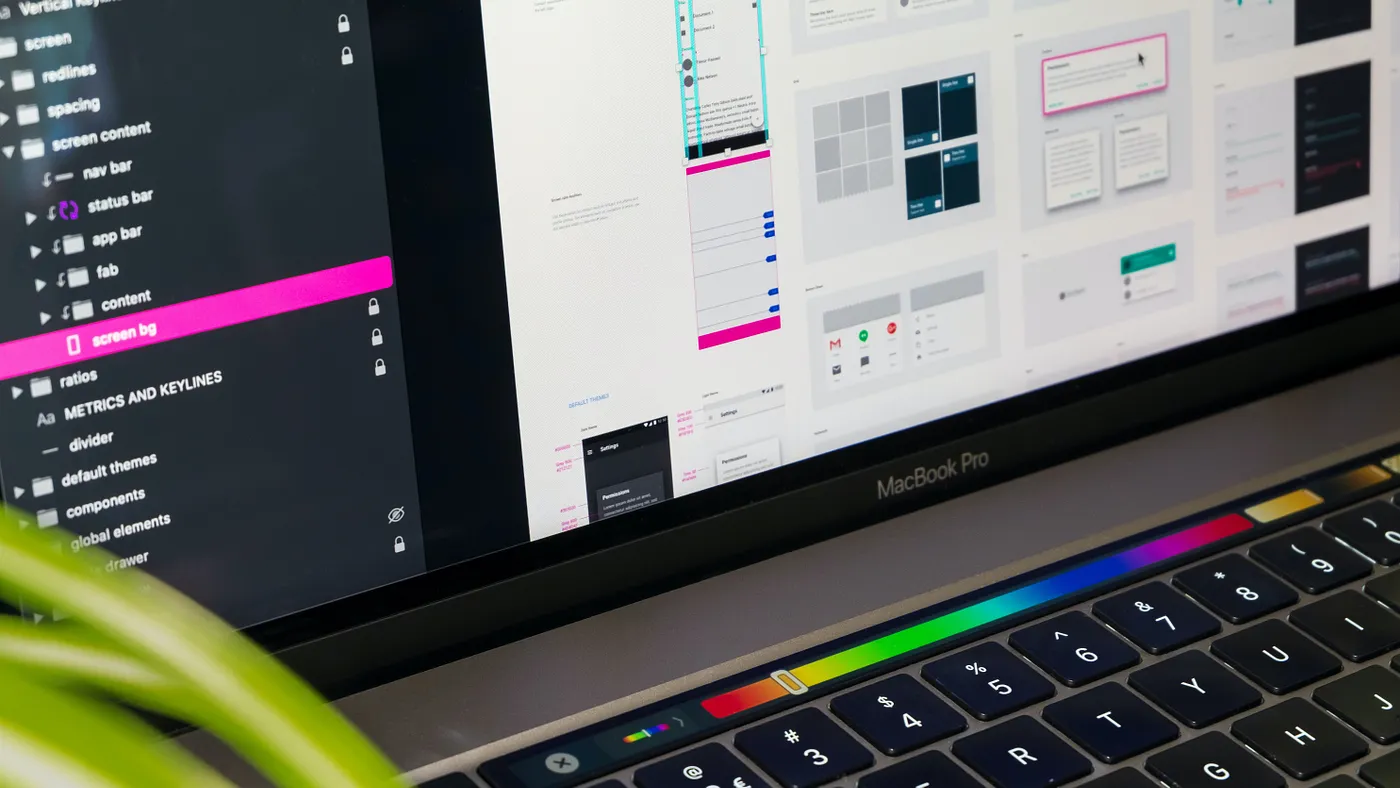Hello there, designers! 👋 Asking the right questions before starting a new project has been a game-changer for me.
I know it’s easy to skip the chit-chat and go right into Figma, but trust me: with over 6 years of UI/UX experience, I’ve found that the right questions are the building blocks of every successful design project.
They’re like the GPS that stops you from driving off a cliff or at least into an area of endless revisions.
So take a coffee and let’s talk about why this is important, what questions to ask, and how to ask them like a pro.
I’ll even cover some stories and pro suggestions that you can use. Ready? Let’s go!
Why Most Design Projects Fail (And How to Avoid It)
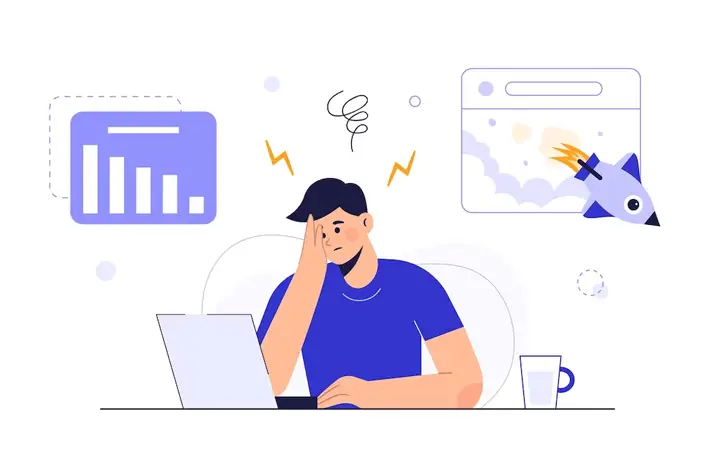
Over two-thirds of projects fail because no one tries to get everyone on the same page from the very start. What about the fallout? Wasted time, money delays, and confusion lead to a cooked mess.
I’ve had the experience of designing a feature only to discover that it couldn’t be built because of an unknown old system. Oof.
Here’s where questions come in handy. Asking the correct questions at the start helps to avoid unfortunate events by setting targets, sharing limits, and keeping everyone on the same page.
Do you want an idea of what I’m saying? Take an infographic titled “The Cost of Skipping Questions”: one side shows a smooth project schedule with smiling people (time and money saved), while the other shows an irregular pattern of delays and dollar signs flying out the window (chaos and rework).
Spoiler: you want the first one.
Here’s my tried-and-true checklist of pre-project questions for designers.
I’ve divided them into six main groups (plus a few more!), with detailed examples and an explanation of “why it matters” from my personal experience. Let’s go in.
1. Project Goals & Business Impact
- What is the main business goal? (e.g., boost conversions and decrease abandonment)
- What is the one statistic that defines success in this project?
- Who are the important stakeholders, and what do they expect?
Why This Matters: I previously thought that the client cared more about aesthetics than their value, but talking about goals early saved me from a complete revision.
Pro tip: Ask stakeholders what are their top goals. Unresolved problems here could put at risk the project later.
2. User Research & Target Audience
- Who is the main user group? (Age, location, behavior, and pain points.)
- Have we done any user research or surveys?
- What are some common feedback from consumers in this industry?
No personas? If you can do a quick user interview that would be helpful.
Pro Tip: For a recent SaaS project, asking for user personas upfront led to an onboarding flow that users loved.
3. Competitive & Market Analysis
- Who are the top competitors, and what works well in their UX?
- What makes this product/service stand out?
- What 3 things do users hate about competitors’ products?
- Should we follow industry trends or break them?
I’ve seen projects fail because no one asked about competitors, don’t sleep on this.
Explain your response! This can help set your project apart.
4. Project Scope & Deliverables
- What specific screens, pages, or features are needed?
- Which platforms will this design run on? (Mobile, Web, Tablet, SaaS)
- Are there any tech stack limits or frameworks to consider?
- What is the needed level of interaction and animation?
These questions once helped to clarify a confusing feedback loop during a tight deadline contract.
5. Content & Branding Guidelines
- Do we have a brand style guide? (Colors, typography, imagery)
- What type of content will be included? (Text, images, videos)
- Is there a tone of voice to align with?
- Who’s handling copy writing and image selection?
I continually confirm content timelines — once, a “rush job” delayed because no copy was available.
6. Development & Technical Constraints
- What tech stack is the dev team using?
- Are there CMS, backend, or third-party integration limits?
- What’s the performance/load time standard?
Bonus 7. Post-Launch & Iteration Strategy
- How will success be measured post-launch? (Metrics, A/B testing, Heatmaps)
- Is there a plan to collect user feedback?
- Will there be continued design support?
Pro Tip: Asking this shows you’re thinking long-term, it wows clients every time.
How to Ask Questions Like a Pro

It’s not only important to ask, but also how. You don’t want to sound like someone who is questioning someone suspicious, right? Here’s how to get meaningful responses without feeling awkward:
- Collaborative Speaking: “What’s success?” vs “How can we define success together?” It is less combative and more team-oriented.
- Timing Tips: Set goals at the very start and save limits for planning sessions.
- Go more deeply: If they reply, “Make it user-friendly,” ask, “What does that mean for you? Do you have an example?
Building trust is the goal, not just giving answers. Do this, and you’ll be the designer everyone wants to work with.
Personal Trick: I usually ask for examples of designs they enjoy (or dislike). It’s related to a cheat code for aligning expectations.
Pro Mistakes to Avoid (Lessons from My Experience)
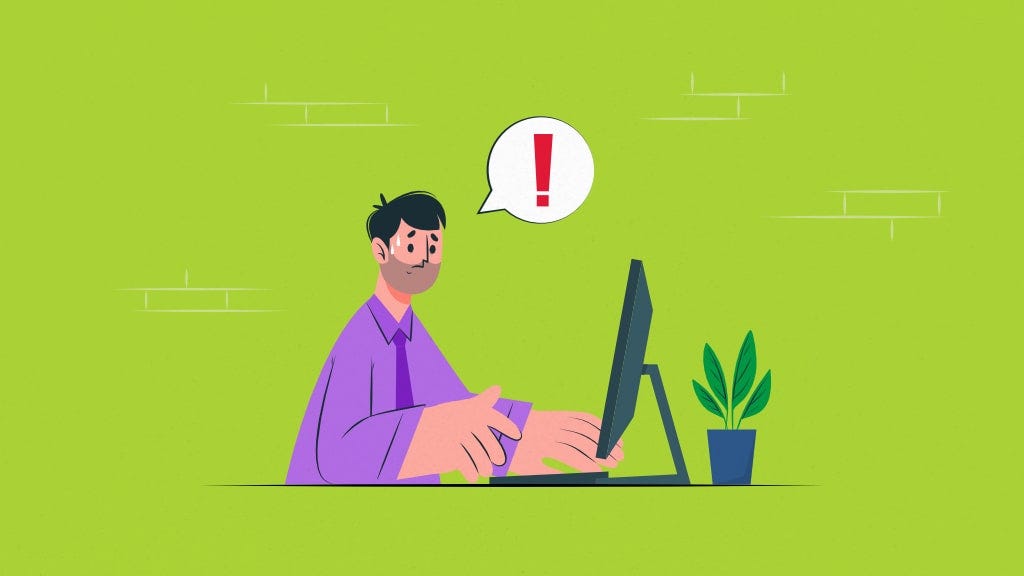
I messed up so you didn’t have to. Here are two important ones:
Mistake #1: Assuming Stakeholders Agree on Goals
Arrange a “Goal Prioritization” voting session during the start. When the top three goals are not aligned, it serves as a warning sign.
Mistake 2: Skipping Technical Chats with Developers.
Involve a developer in discovery meetings. I once planned a feature that could not be built because of CMS limitations, resulting in a whole redesign. Yikes.
How to Scale This Process (For Agencies & Teams)
Have a team or agency? Here’s how you make this work:
- Document everything: Set up a “Project Kickoff Hub” in Notion or Confluence to collect all answers. It’s a lifesaver for on boarding and mid-project updates.
- Mentor juniors: Teach them to ask “Why?” five times to get to the bottom of the problem. It improves critical thinking fast.
- Template it: Here’s an email-friendly stakeholder interview starter:
Subject: Let’s Crush This Project- Quick Questions to Start Body: “Hi, [Name], I’m excited to get started! Could you please share your opinions on [insert 2–3 critical questions] to ensure that we are on the same page?
